Breckenridge Case Study
This solution eliminates the manual burden of reconciling material and hauling invoices against Bill of Lading (BOL) documents. Designed for high-transaction environments, it automates document intake, validation, approval, and ERP posting, ensuring accuracy, transparency, and speed in accounts payable processing.
Company Profile
Founded: 1925 by F.E. Breckenridge
Headquarters: St. Louis, Missouri;
Operations in MO, IL & AR; part of BMC Enterprises Inc.
Business: Vertically integrated ready-mix concrete, aggregates, logistics, and building products; 70+ plants post-acquisitions
Size: ~1 million cubic yards of concrete produced to date
Employees: ~269–500 total; 8 in AP/back-office
Website: https://bmcenterprises.com/

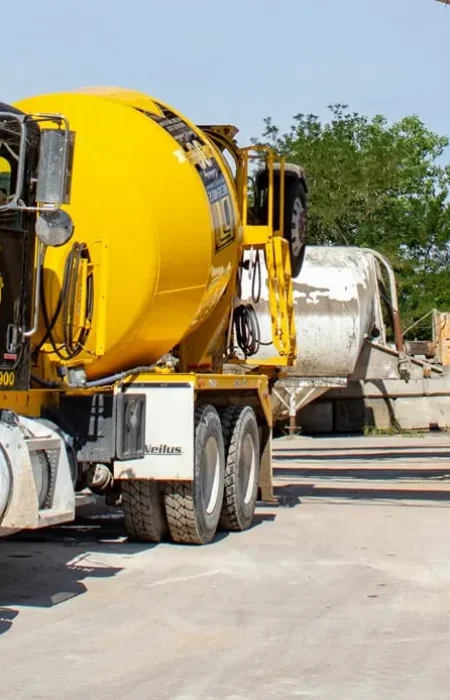
The Challenge
Breckenridge Material Company’s AP process was fragmented and paper-heavy across multiple plants. BOL tickets and emailed invoices were handled in manual steps, forcing staff to chase documents and reconcile transactions by hand. The result was lost time, limited visibility, and unreliable month-end numbers.
Manual, paper-driven work – Hundreds of BOLs reviewed by hand; time-intensive tracking and filing; heavy reliance on paper invoices.
High risk of errors – Difficult matching led to duplicate-payment risk and missed exceptions.
Poor visibility & accuracy – Limited access to historical records and inaccurate accruals for unpaid BOLs/invoices.
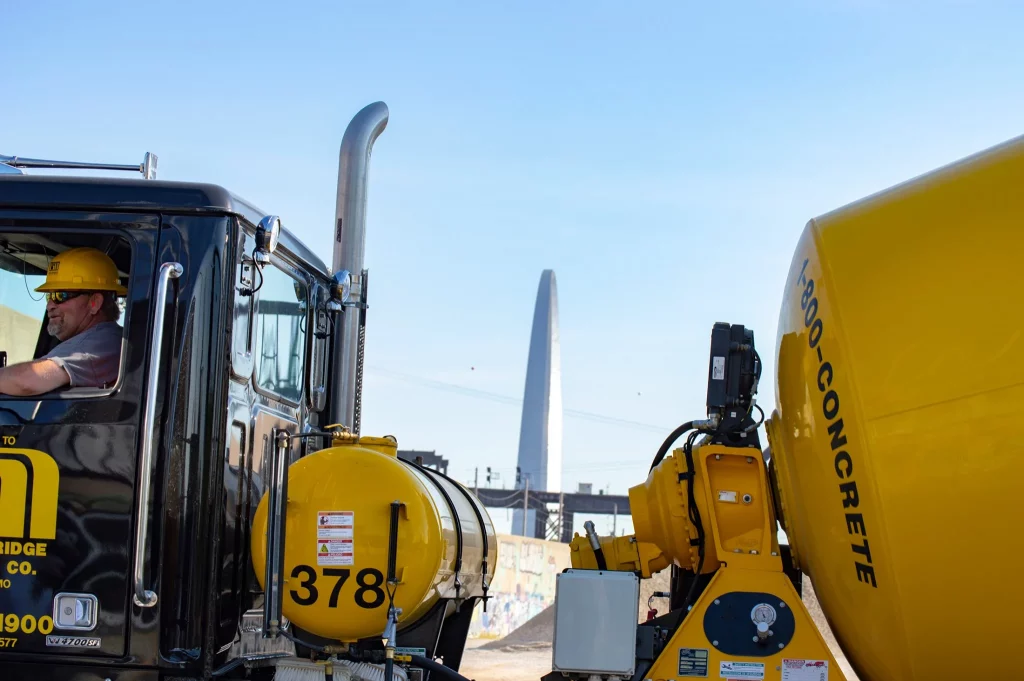
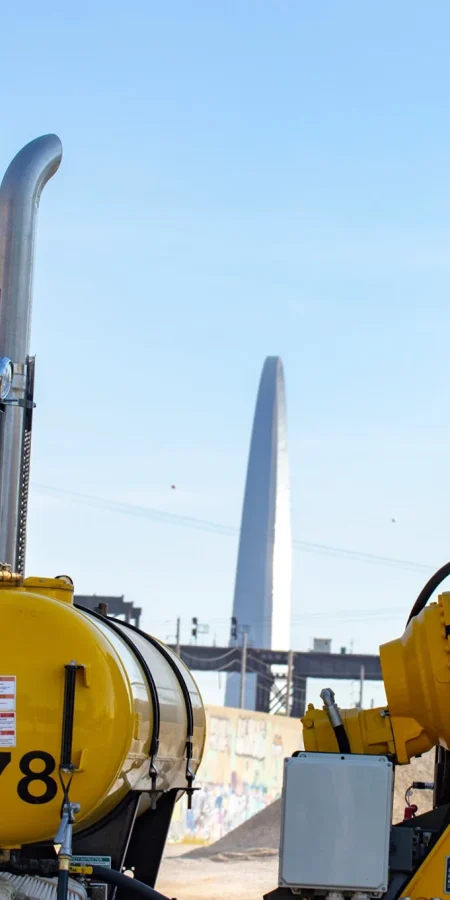
Pain Points
AP was stuck in a manual, paper-heavy grind. Teams spent up to 100 hours every week digging through boxes of BOLs to confirm prices and quantities. Missing documents stalled approvals, while errors slipped through, driving overpayments and lost discounts.
Manual Matching Process
Up to 100 hours/week spent matching invoices to BOLs by hand.
Missing Documents
Paper BOLs went missing or were misfiled, blocking processing and delaying payment.
Missed Discounts
Wrong prices and occasional duplicate payments; early-pay credits frequently lost.
The Solution
We implemented an on-prem OnBase AP automation that captures BOLs at the plant (indexed by ticket and location) and ingests emailed invoices with OCR. The workflow automatically matches invoices to BOLs/POs, validates pricing, and flags exceptions, eliminating duplicates and manual chase-downs. Approved invoices post directly to the ERP, initially Microsoft Dynamics, then seamlessly migrated to Acumatica with no change to end-user workflows.

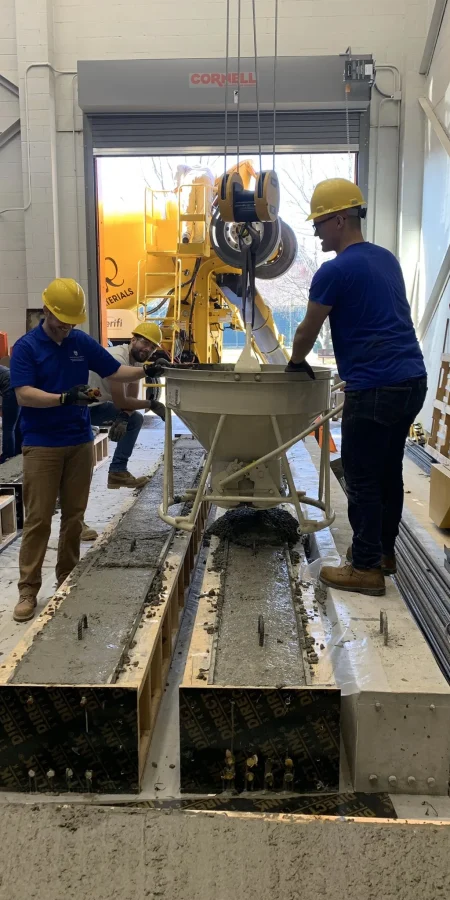
Step 1
Plant Data Capture Made Simple
BOL tickets scanned at the plant, indexed by ticket number and location.
Step 2
Smart Invoice Intake
Emailed PDFs imported and read with OCR for rapid processing.
Step 3
Automated Matching & Validation
OnBase pairs BOLs with invoices, checks for duplicates, and verifies pricing.
Step 4
Frictionless ERP Integration
Approved invoices flow directly into ERP; exceptions routed for quick human review.
The Results
Year
Year
BOLs Processed
BOLs Processed
BOLs Processed
Invoices Handled
Invoices Handled
Invoices Handled
Manual Workload
Manual Workload
HOURS/WEEK
Manual Workload
HOURS/WEEK
Despite growth, AP/back-office staff remained flat (~8 people) while maintaining on-time payments and zero late payments, improving vendor experience and enabling earlier discounts.
Why It Worked
We didn’t drop in a generic AP tool, we modeled the plant-to-pay workflow the way BMC actually operates. By combining accounting logic with the right integrations, the system used trustworthy data to auto-approve the routine and surface only true exceptions.
Tailored Design – Indexing, routing, and match rules fit BMC’s ticket/plant workflow instead of forcing new habits.
Accounting-First Logic – Three-way match, price-matrix checks, duplicate detection, and clear accrual visibility built into the process.
Smart Integrations – Synced vendor and GL master data from the ERP and ingested transaction feeds from Apex; when the ERP moved from Dynamics to Acumatica, we simply re-pointed the connectors, no end-user changes.
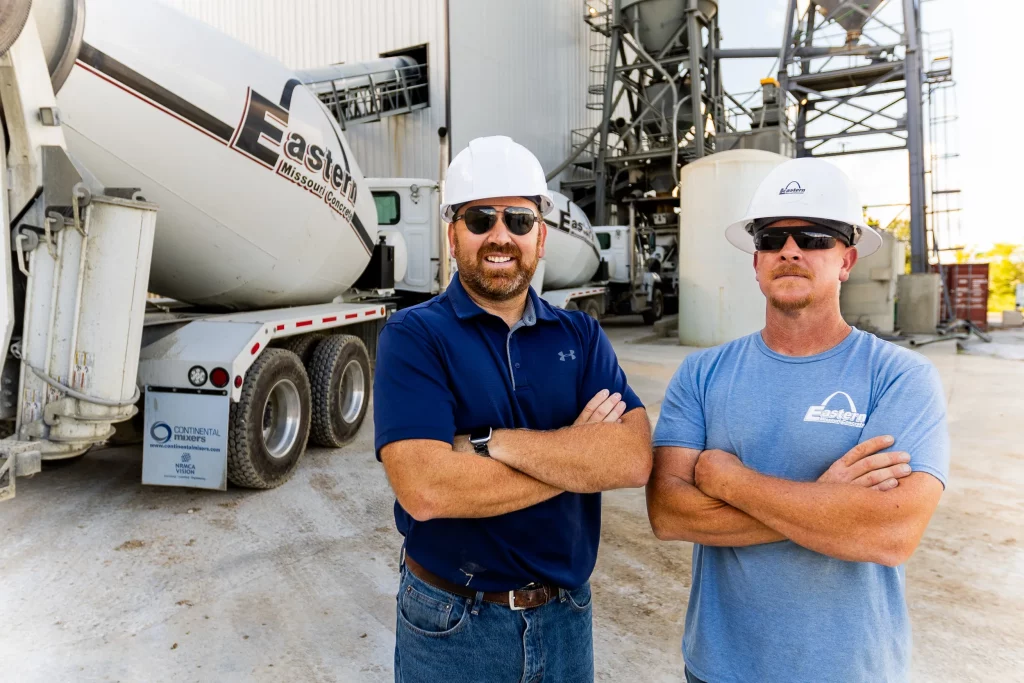

With OnBase AP Automation, we were able to double in annual revenue without doubling our accounting team.
– John C, CFO, Breckenridge Material Company
